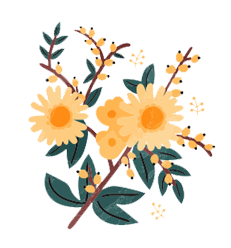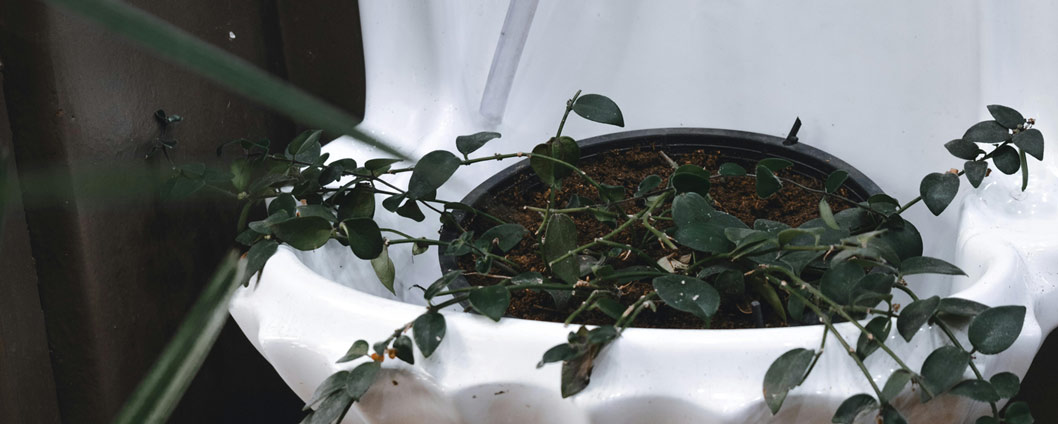Upcycled & Repurposed Floral Designs
Sponsored Listings


Floral arrangements bring beauty and joy to weddings, events, and everyday spaces, but their lifespan is often fleeting. As sustainability becomes a growing priority in floral design, upcycling and repurposing flowers have emerged as creative and meaningful ways to extend their beauty while minimizing waste. Instead of discarding blooms after an event, florists, event planners, and flower lovers are finding innovative ways to give flowers a second life—transforming them into new arrangements, keepsakes, and even charitable donations.
One of the simplest yet most effective ways to repurpose flowers is by refreshing and rearranging them into smaller bouquets. Wedding centerpieces, large altar arrangements, or event florals can be deconstructed into charming mini-bouquets to brighten someone’s day. Many couples and event hosts are now partnering with organizations that redistribute flowers to hospitals, nursing homes, and shelters, spreading the joy of fresh blooms to those who need it most. This not only reduces waste but also creates a meaningful connection between the event and the community.
Pressed flowers offer another timeless way to preserve floral beauty. Blooms can be carefully dried and pressed to create framed artwork, greeting cards, or even custom wedding keepsakes like bookmarks or resin jewelry. This technique allows flowers to become lasting mementos, holding onto the sentimental value of a special event. For brides who want to remember their wedding bouquet beyond photographs, turning flowers into pressed designs or dried arrangements can be a cherished reminder of their special day.
Another rising trend in sustainable floristry is the use of dried and preserved flowers in home décor. Flowers like hydrangeas, roses, lavender, and eucalyptus can be air-dried or silica-dried to maintain their shape and color, making them perfect for long-lasting wreaths, wall hangings, or table arrangements. By incorporating dried elements into their designs, florists are embracing a more sustainable approach that ensures beauty lasts far beyond an event.
Florals can also be repurposed in unexpected ways, such as natural dyes. Many flowers, including marigolds, roses, and hibiscus, can be used to create plant-based dyes for fabric, paper, or even candles. This creative reuse allows blooms to take on new life in artistic projects, reducing waste while adding a unique handmade touch to everyday items.
For those with a green thumb, composting is the ultimate eco-friendly way to dispose of flowers once they’ve reached the end of their lifespan. Adding flower petals and stems to a compost bin enriches the soil and contributes to a sustainable growing cycle. Some florists are even exploring zero-waste practices by working with locally compostable floral foam alternatives and biodegradable wrapping to ensure every element of a floral design aligns with sustainability goals.
As the floral industry shifts toward a more eco-conscious mindset, upcycled and repurposed floral designs are proving that beauty doesn’t have to be temporary. Whether through charitable donations, artistic preservation, home décor, or composting, flowers can continue to inspire long after their initial arrangement. By embracing these creative and sustainable practices, we not only reduce waste but also celebrate the full life cycle of nature’s most breathtaking creations.

 Urban Gardening and Floral Design
Urban Gardening and Floral Design